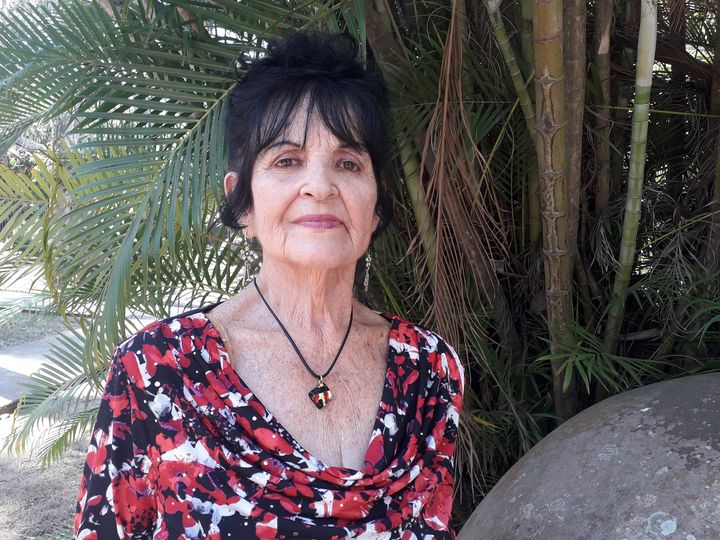CAMAGÜEY.-Eneida Sosa Cardoso, a city woman who carries rural music authentically. She further celebrated her work and her life and invited us to her presentation at the headquarters of our newspaper, on last Monday, May 13 at 10:00 a.m., at the opening of the painting exhibition Another Beautiful Cuban , by Luisa Morell.
We recently told about when she fulfilled a dream by singing accompanied by a mariachi. It was a beautiful morning touched by her voice and her wisdom at the beginning of the Provincial Music Festival, held in April.
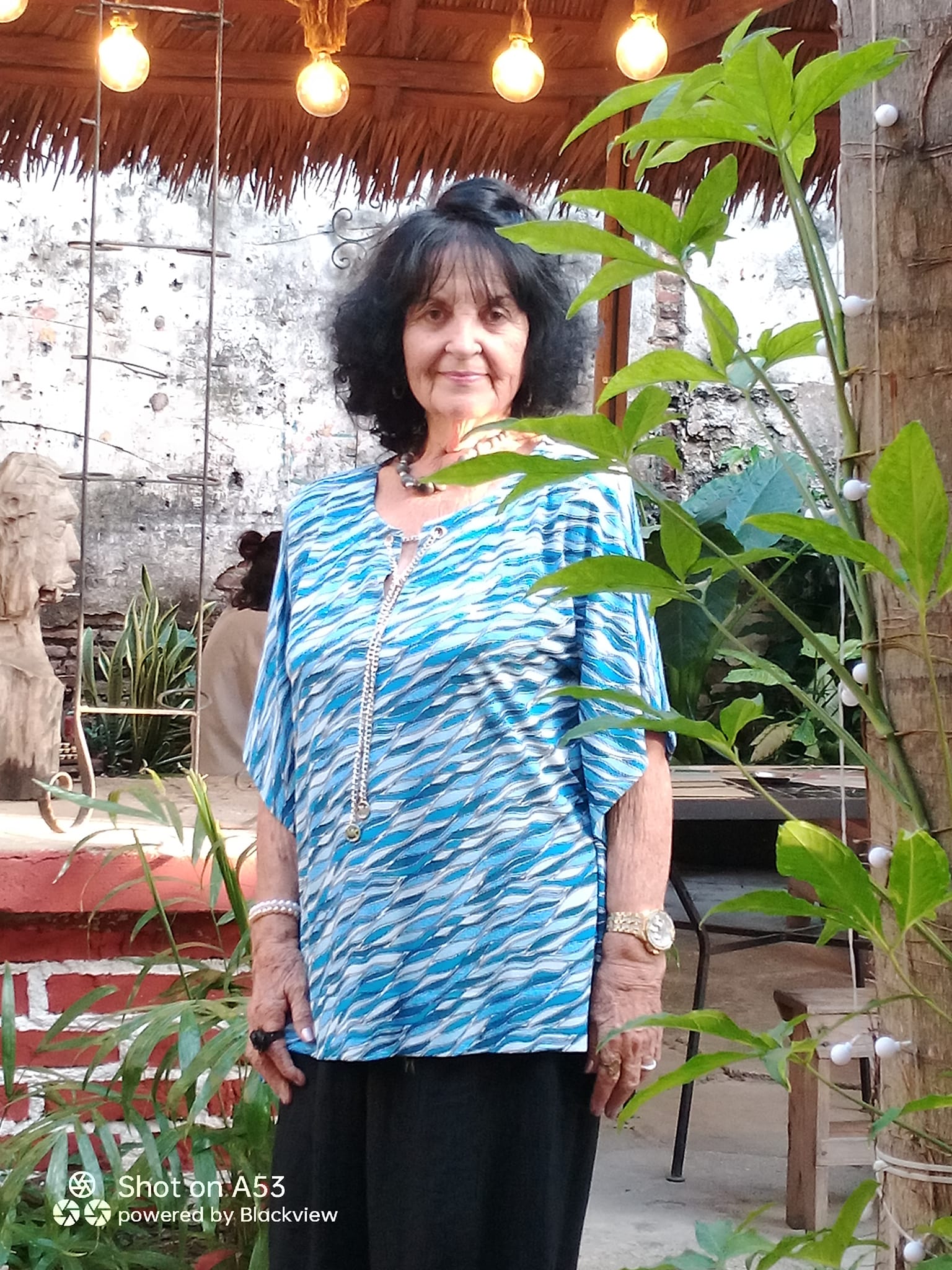
That was a surprise, because the Lady of the Tonada only planned to talk at the Ignacio Agramonte Provincial Museum about instruments and genres of peasant music, and in the process point out the lack of institutional support and tradition with that heritage in the territory.
Eneida has been improvising since she was five years old: “At school they called me Galleguita because she had the Spanish seseo. Pablito Milanés also had that problem.”
She claimed to have mastered about 300 tunes and demonstrated the free minor type a cappella. Then she, accompanied by a lutenist and a guitarist, made a Matanzas and a Camagüey songs: “It's difficult because what you memorize is the melody, not the lyrics.”
Her epithet was the idea of a poet from Sibanicú: “Grabiel Llanes baptized me as the Lady of the Tune.” She performed a tenth of it to demonstrate the minor tune, the melodic turns that come from the Spanish copla.
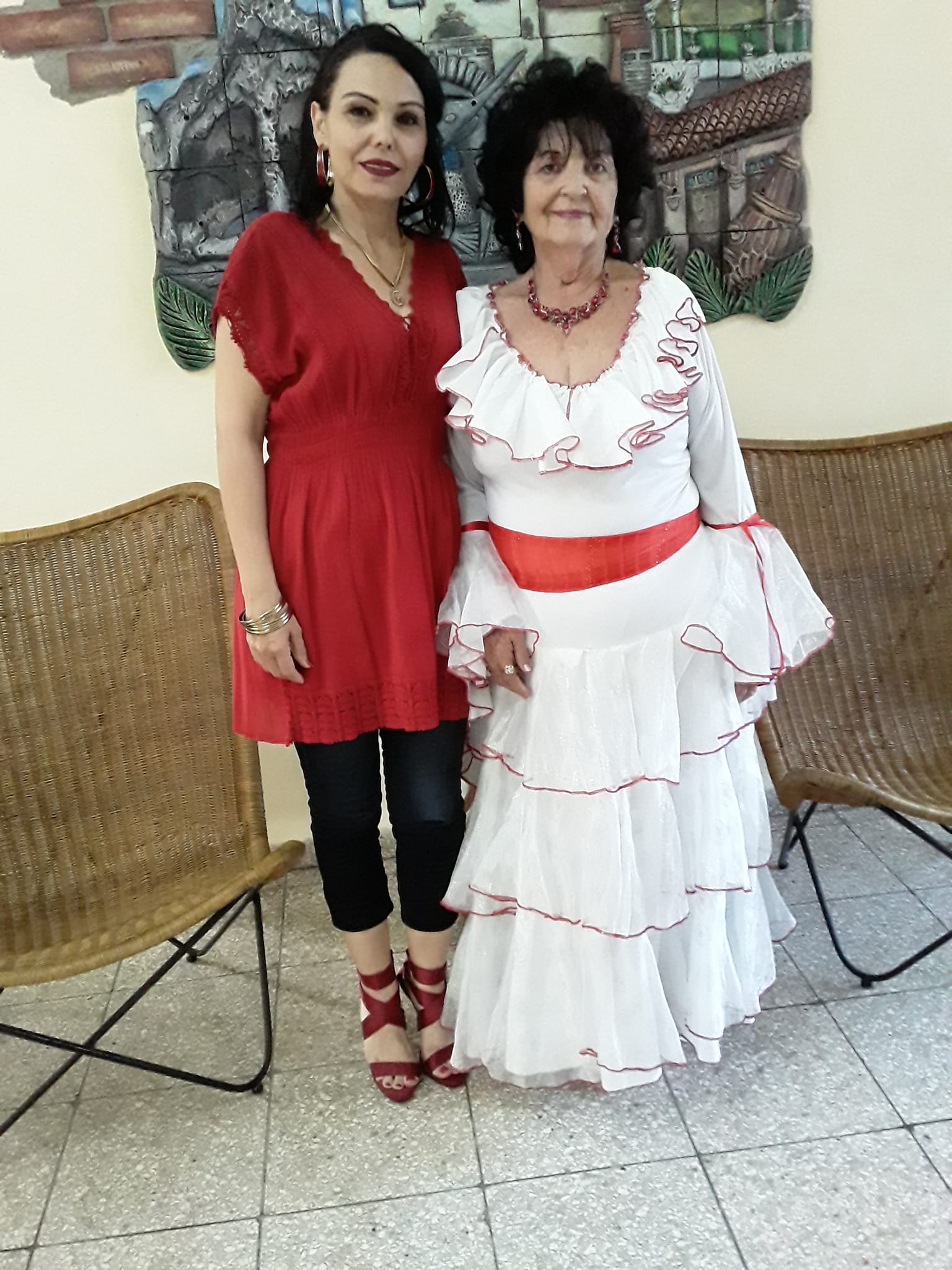
For the other examples, she recalled her six years of residence in Matanzas where she met people, she assured, leaving a performance at the theater to go to a canturía. It was a time of learning.
In our Museum and with the style of the Matanzas tune she sang Viajera peninsular, tenths of the Indio Naborí. She made the Camagüey anthology of her after an anecdote of longing in the Athens of Cuba, although there she was spoiled, loved.
“Matanzas gave me a legacy of tunes. I learned a lot from Fernando Murga about improvisation and the décima (tenth). There, I didn't say “Listen well…” but rather “Camagüey…” because I missed my homeland so much.”
Back home, Eneida continued to radiate. Under the pretext of her 35-year career, in April 2022 the first Guateque de la Llanura, peasant day was organized.
For her, with her, we need an extended party that constantly transmits the essence of Cuban cultural identity.
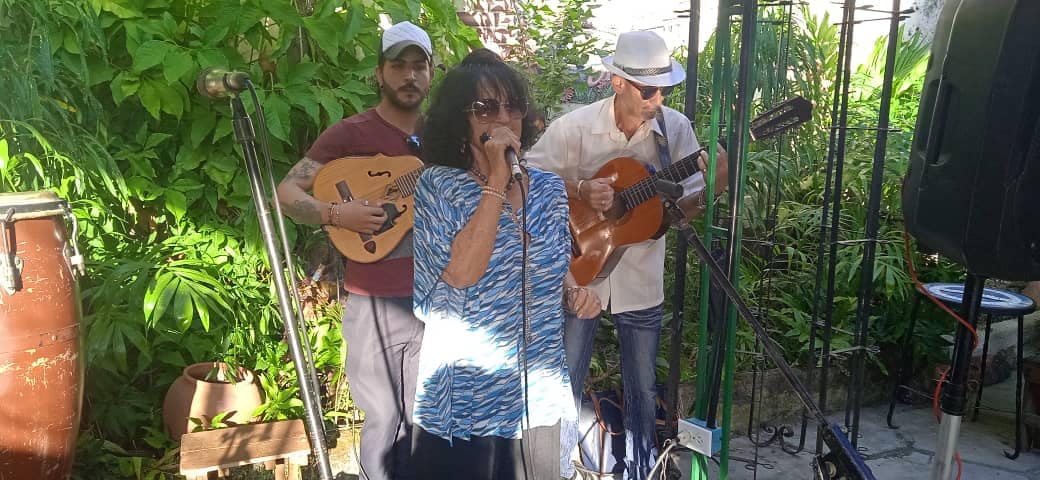
It is curious how Eneida maintains that esprit de corps on social networks, particularly on Facebook, where she usually exercises the tenth, but not as a boast of someone who masters the technique of improvisation, but as the mighty river of affections that flows in verses.
At the close of the exhibition at the Museum, Mariachi Nuevos Aires appeared. The director made the microphone available so that the group could perform the ranchero bolero Si nos dejan, by the Mexican composer José Alfredo Jiménez.
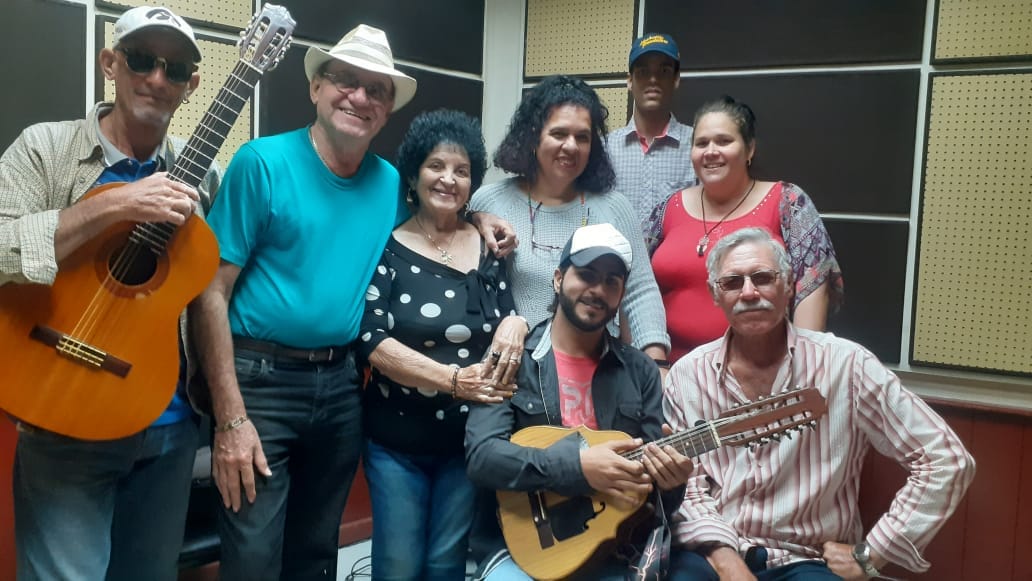
And if Eneida Sosa is left, she would recover the program Amorosa guajira that was broadcast on Televisión Camagüey, and she would put the Campesino Mural space on Radio Cadena Agramonte at a more appropriate time.
Regarding the space in the media and the collaborators, every Sunday she watches Palmas y Cañas and she knows that the one, made in Havana, “is truly supported by the National Association of Small Farmers, the ANAP.”
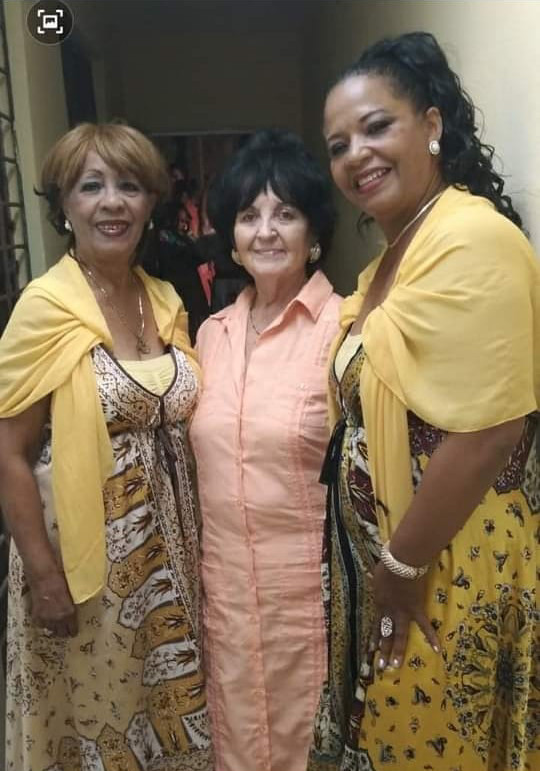
She remembers the first Amorosa as if it were yesterday: “We did it on the Massip farm, with Papito García and Juan González.” She still has her Cuban robe, worn in different settings, and adjusted to her current size because from then to today, she lost 90 pounds.
She would do more if she was considered: she would accept every invitation to events, big or small; she would teach children and young people the workshop that was once proposed with repentistas through the Union of Writers and Artists of Cuba.
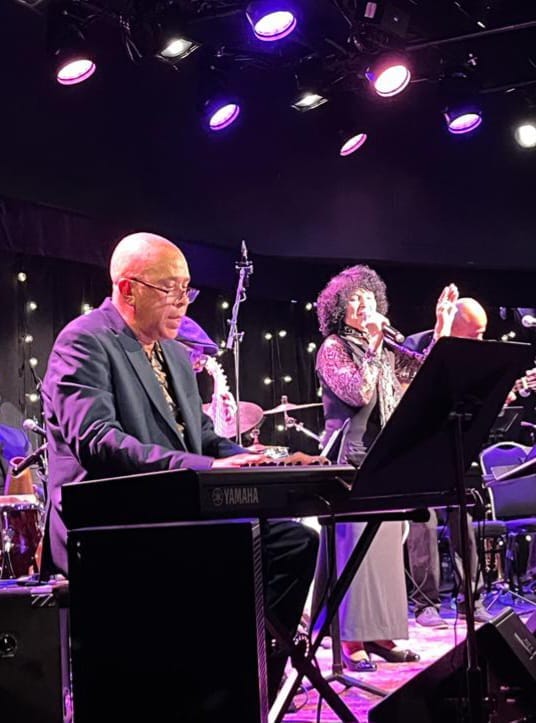
Last year, visiting Canada, she fulfilled another dream: to try herself on an international stage. Invited to the Fiesta Hispánica, for an English-speaking audience, she was especially applauded.
With the pleasant taste of that experience, the Lady of the Tune gives another life lesson before bowing to that modest audience in the Museum room: “When a woman loses her health, they don't look for her. I am willing to share, to teach what I know. Eneida's heart is still whole."
Translated by Linet Acuña Quilez



